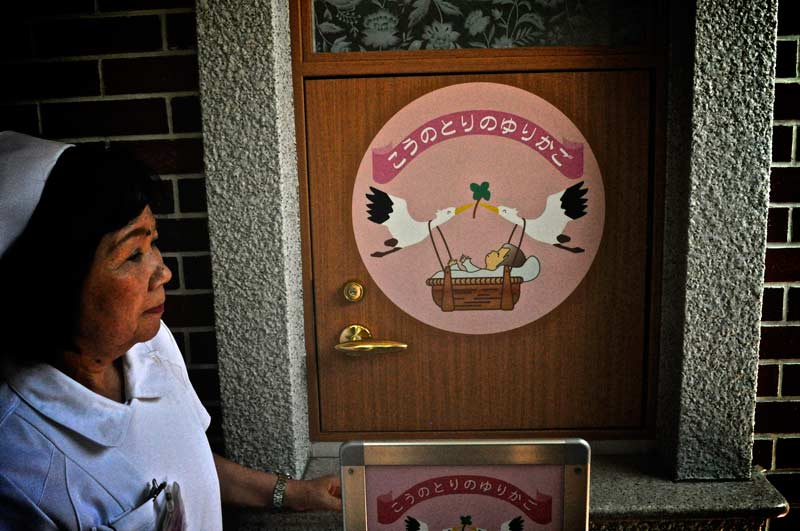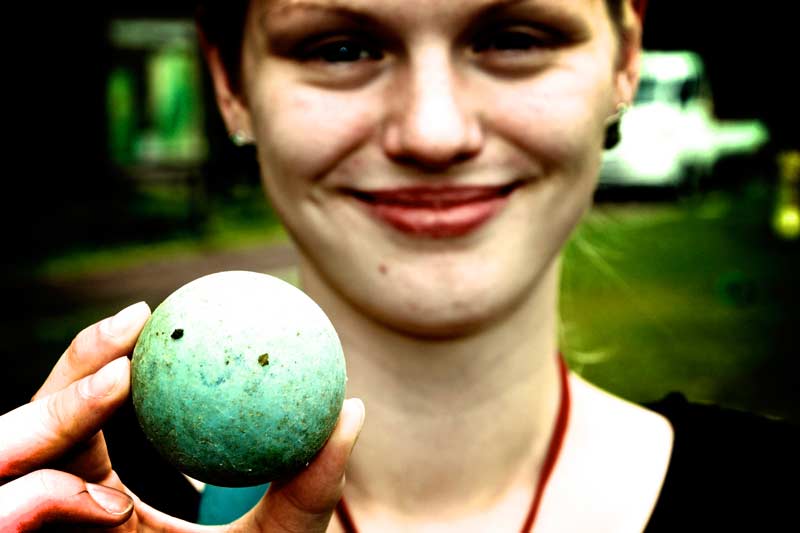This week in Uda (possible the most beautiful city I’ve ever seen) we had the chance to see some of the cities amazing history. Our mission was to visit 3 temples in one day! One of which was Murou temple, one of the oldest temples in Japan. Some of the buildings were built in the 9th century and are still standing there. The temple buildings are surrounded by huge cedar trees close to a thousand years, an awe inspiring sight and a reminder of the power and beauty of nature. As we went up the roughly 500 stone steps towards the building on the top of the mountain the view became more beautiful with every step we took. Our guide explained the fine details of the statues of Buddha, their purpose and why they were arranged the way they were, it was very interesting. The 16 meter high pagoda, apparently the smallest outdoor pagoda in Japan can move like a snake, so even when a big earthquake occurs it will stay standing, and it has been standing for over a thousand years, and it is made out of wood! At the top some of the monks were having a ceremony, we were so lucky to be able to witness that.
(Frank Florris from The Netherlands)












